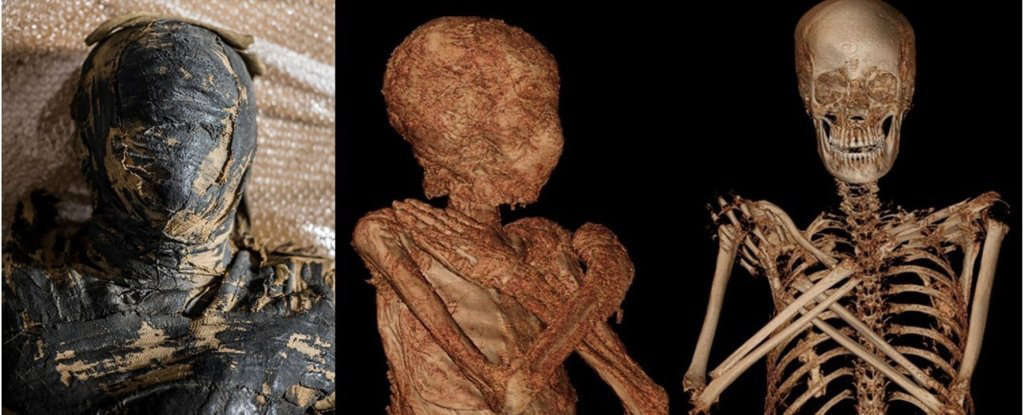Kenosha Prosecutor May Have Over Charged Rittenhouse
Kyle Rittenhouse, the 17-year-old who shot three and killed two during the violence in Kenosha, Wisconsin has been charged with First Degree Murder, Second Degree Assault, and Possession of an Illegal Weapon. With those charges, he could face a death penalty. And that is what the voices from the streets are calling for. It may satisfy the mob for the moment, but what if Rittenhouse is acquitted?
The First-Degree Murder charge suggests that Rittenhouse had premeditatedly planned to shoot people with malice of forethought. According to the initial media speculation, Rittenhouse simply shot rioters without cause. Some of those panelists on CNN and MSNBC even said that Rittenhouse “assassinated” the two victims.
Such language may have its impact in the court-of-public-opinion but is of little value in a court-of-law. However, I had no reason to question the First-Degree Murder Charge since I did not know more than what was being said on television. Of course, those opining on the tube were no more knowledgeable than me.
I got a better picture from an unexpected news source. “Morning Joe” brought on Haley Willis, of the New York Times. Unlike other reporters and commentators, she had been digging into the story. She provided the most detailed – and surprising – description of the events on the streets of Kenosha.
She said that Rittenhouse had come to Kenosha to protect property and to provide medical aid if necessary. While he did not perform any first-aid services, he did offer some. For the most part, Rittenhouse provided security for local property without incident – until events escalated.
Rittenhouse was among other armed citizens who took it upon themselves to safeguard property and people. They were not part of a militia. They were not white supremacists. In a way, they were reminiscent of the Guardian Angels – a group of armed citizens who organized during the turbulent years of the 1960s to defend people and property when the Police were unable to do so.
Apparently, police were not put off by the presence of armed civilians. That is partially because Wisconsin is an open-carry state. It is perfectly legal to wear or carry an exposed gun. Some police even thanked the armed civilians for their help and provided them with water.
According to Willis’ report, things changed when rioters started a fire nearby. Rittenhouse went to the scene. There was some physical scuffling between Rittenhouse and some of the rioters. Then a shot rang out. It was not from Rittenhouse’s gun. At some point during the physical confrontation – after attempts to take away Rittenhouse’s gun, he shot and killed the first victim – who is reported to have rushed Rittenhouse and thrown something at him.
Rittenhouse then began to run from the scene but was being chased by a number of the rioters. Rittenhouse stumbled and fell. As others closed in on him, Rittenhouse shot at the advancing people – killing another and wounding the third. A couple of the rioters reached him as he lay on the ground. He rose, ran from the scene.
He then started to walk toward police with his hands up. Ironically, police said that they did not think Rittenhouse was surrendering because approaching police with hands up has become an iconic protest posture.
There were news reports that Rittenhouse called a friend to say he had shot someone, but there was no explanation as to how he got back to his home in Antioch, Illinois – about thirty miles from Kenosha. He eventually surrendered.
A great deal was made of Rittenhouse not being shot by police, as was Jacob Burke. The reason is simple. Rittenhouse never resisted arrest. In most cases of police shootings, the victim was actively resisting arrest – either by fighting, running or brandishing a weapon. The best way to avoid being shot – justified or not justified – is to not resist. It is virtually impossible to find a case of a police shooting in which the person being apprehended simply obeyed orders and submitted to arrest.
Whether protesters like it or not, the Times reporter laid out a potentially strong case for self-defense. If what she reported is true, what we have learned about Rittenhouse, himself, is that he appears to have been well-intentioned. He admired the police. He saw himself as a protector of law and order – and a dispenser of medical aid. His personal fantasies may have been an obsession and naïve, but he may not come across as a hater and heinous killer in court.
I doubt that the prosecutors could get a conviction on First Degree or even Second-Degree murder. Any verdict and sentencing will also take into consideration Rittenhouse’s age and any past criminal record. There is a chance at manslaughter – and Rittenhouse will likely be convicted of possessing an illegal weapon because of his age.
If it were not for the passion churned up in the court-of-public-opinion, it is possible that Rittenhouse would serve very little time in prison – and maybe none at all if a self-defense plea is successful.
This commentary is not to absolve Rittenhouse of any crimes. It is not to suggest that I (we) know all the facts – or even that Willis’ report was accurate and comprehensive — but only to point out that this may not be an open and shut case as those protesting may think or wish.
So, there ‘tis.
By Larry Horist









Recent Comments